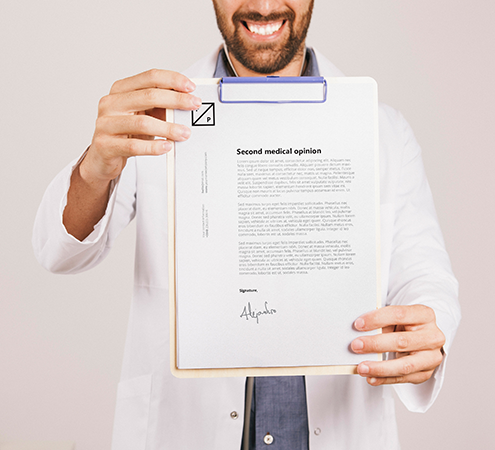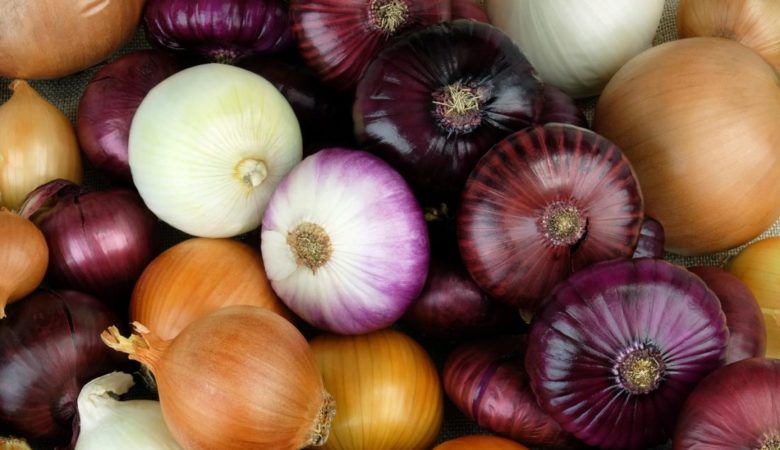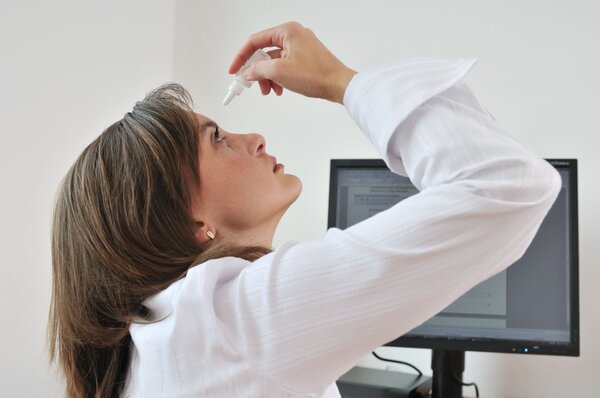
The enjoyment of wine is the comprehensive feeling of sight, smell and touch. The source of olfactory stimulus mainly comes from the volatile substances in wine, and the source of tactile stimulus is related to the liquor itself. The sensations include factors such as liquor temperature and liquor substance concentration. The thermal energy state of the wine to be consumed has a significant effect on the stimulus sources of smell and touch.
Measurement rule of serving temperature
In simple terms, the purpose of serving temperature is to promote strengths and avoid weaknesses, that is, it will not destroy or even highlight the characteristics of the wine itself or meet the characteristics of wine selection intentions, while not causing or weakening other times that bring bad feeling Key features.
From the perspective of olfactory perception, the volatility of the liquor is a kind of movement, and its degree is related to the molecular mass, the consistency of the liquor, the volatility of the substance itself, and the temperature of the liquor itself. The higher the molecular mass and the higher the consistency of the liquor, the higher the temperature required for volatilization to increase strength.
From the balance of taste, the sweetness and fruity taste of wine are often representative of wine mature and high energy. The higher these two indicators, the more the wine needs to be balanced at low temperatures; the tannins and acids in the wine are structural signs of maturity. The more prominent these two indicators are, the more the temperature of the wine needs to be increased. Of course, for white wines that take a refreshing route, the sour taste in the wine is often an important element that can highlight this style. Therefore, white wines basically need a lower serving temperature.
In addition to the characteristics brought to the wine by grape varieties and climatic conditions, some wines that have undergone special processes have more influence on the position of the best serving temperature. Wine characteristics.
2. Serving temperature of still wine
(1) Red wine

There are many types of red wines, different styles, and different serving temperatures.
Light-bodied, fruity red wines, such as Beaujolais and Valpolicella, require a serving temperature of around 13 ° C. This temperature not only balances the rich and fresh fruit aroma in the wine, but also highlights the lower tannins in the wine as much as possible, and also highlights its own light style.
Medium bodied red wine, such as methamphetamine Di (the Chianti), relatively rich Pinot Noir (Pinot Noir) and lightweight Zinfandel (Zinfandel) and the like, require a slightly higher temperature Serving as about 16 ℃.
Full-bodied red wines, such as Bordeaux, the more structured Cabernet Sauvignon, Merlot, and Syrah / Shiraz, require higher serving temperatures, usually at 17-18 ° C.
(2) White wine

Because white wine has less extractive substances than red wine, it does not need the temperature to enhance the ” floating ” degree like red wine , and the relatively low temperature can ensure the expressiveness of sour taste in wine. Of course, too low a temperature will inhibit the aroma of white wine. Therefore, the serving temperature of most white wines does not exceed 13 ° C or below 7 ° C.
The aromatic wines of Riesling, Muscat, and Gewurztraminer serve wines at a lower temperature than Semillon or Chardonnay, which has a lower aroma content.
Since the room temperature is usually higher than the serving temperature of white wine, white wine is usually cooled in the refrigerator, ice bucket or ice wine bag before drinking.
3. Serving temperature of sparkling wine
The sparkling wine is not mature due to the raw materials selected during brewing. Its ideal serving temperature is lower than that of white wine, generally about 6-10 ° C, so you can enjoy a bottle of freshly taken out of the refrigerator. Sparkling wine.
4. Strengthen the serving temperature of wine and liqueur
As the styles of fortified and sweet wines are more complex and diverse, their serving temperatures are also very different. But in general, light, fruity and young wines serve at a slightly lower temperature, between 6-8 ° C. Aged wines with heavy body and complex structure serve slightly higher temperatures, but you can also start tasting at low temperatures, and then feel the subtle quality changes of the mellow wine as the liquor gradually reaches room temperature. The serving temperature of fortified spirits is usually 17-18 ° C.
Of course, different consumers also have their own preferences for drinking temperature, and the pretreatment temperature of wine should also take this factor into account











